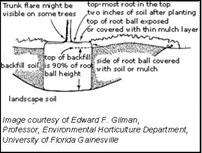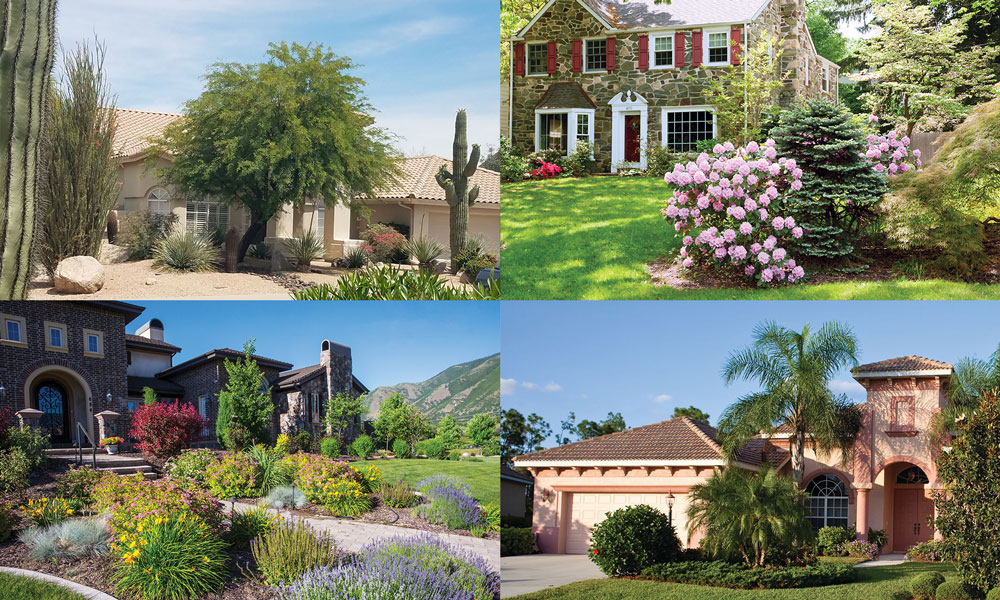FOR IMMEDIATE RELEASE.
The Great Christmas Tree Debate. Now There’s A Third Option
December 4, 2009 — Picking out and decorating the family Christmas tree is a cherished tradition for many and has been practiced across the western world for centuries. But as society becomes more eco-conscious, people are continually finding alternate, more Green, ways of doing just about everything from making cars, to heating homes and yes, even the family Christmas tree can be eco-friendly now.
 There is nothing like the smell of a real evergreen tree in your home for the holidays. But the guilt caused by cutting down a live tree year after year has forced some to seek other options. Rather than turn to a not so Green fake tree, more and more people are using potted living trees as their holiday tree of choice and replanting them after the holidays.
There is nothing like the smell of a real evergreen tree in your home for the holidays. But the guilt caused by cutting down a live tree year after year has forced some to seek other options. Rather than turn to a not so Green fake tree, more and more people are using potted living trees as their holiday tree of choice and replanting them after the holidays.
This isn’t just an option for residents of rural areas. For those that live in apartments or just don’t have a yard to replant it in, consider donating the potted tree. Some companies in the Pacific Northwest even ‘rent’ potted live trees for the holidays — they take care of everything from delivery to pick-up and replanting.
Whatever type of tree is selected, proper care must be taken in order to keep it healthy and beautiful throughout the holiday season or longer, for some.
Potted Live Trees
Kudos to those that have selected a live tree! But, a living tree needs extra care to keep it healthy enough to replant. SavATree’s Tree Specialists suggest following these care tips:
- If transporting the tree via the roof of a car, cover it with cloth or tarp. If left uncovered, a lot of moisture can be lost when hit with high winds.
- Let the tree acclimate to the warmer temperature before bringing it indoors. If possible, start with the shed, then garage or screened in porch and finally inside.
- Keep the root ball moist throughout and wrap in plastic or place in a pot that’s acceptable for indoor use.
- Do not remove burlap or any soil while in the house.
- Keep it in a cool place away from vents, heaters, fireplaces and stoves. Consider lowering the temperate of the room its kept in at night.
- Don’t use tinsel or fake snow. Both are dangerous to wildlife.
- The tree should not be kept indoors more than 10 days — less is better.
- When its time to bring the tree outdoors again, slowly acclimate it to the cooler temperatures as you did when bringing it in.
Ready to replant the live tree? For tips or advice, call one of SavATree’s Tree Service Specialists. For those DIY’ers, follow these steps.
- Find the perfect spot to replant. Know how large the tree can grow to avoid future problems. Never plant under a utility wire.
- Dig a hole 2 to 5 times wider than the root ball, and partially refill the hole with loose soil.
- Place the tree in the hole, making sure that the trunk flare is above soil level. This is the most common mistake made when planting a live tree; and if not done, can kill the tree.
- Make sure to water — even in the winter!
- During the first year in its new home, the tree will be fragile. Begin with supplement and nutrient treatments such as ArborKelp® — a seaweed based biostimulant exclusively available from SavATree. It’s formulated specifically for weak trees due to, among other causes, transplanting.
- The following spring, begin using fertilizer. Deep root fertilization, preferably with injection technology, can help to ensure that the tree is getting the nutrients it needs. ArborKelp treatments should be continued yearly for best results. Most of the trees on your property will benefit from regular fertilization.
- Consult with an arborist about applying an antidesiccant. This will seal in the tree’s moisture thus minimizing sun and wind damage during the winter months.
Fresh-cut Trees
Not ready to take the plunge to a living tree just yet? That’s OK. Cut trees still produce some positive environmental benefits. In addition to supporting local farmers and businesses, after the holidays the tree can be mulched up and used to feed plants or chipped and used for playground material, hiking trails, paths and walkways. They can be used for beachfront erosion prevention, lake and river shoreline stabilization and fish and wildlife habitat.
For tips and suggestions on how to care for a fresh-cut tree this holiday season, visit the.
About SavATree: SavATree, the green choice for tree service and lawn care, provides environmentally sensible tree, shrub and lawn care services to residential, commercial, historic, government properties and more in select parts of CT, DC, MA, MD, NJ, NY, PA and VA. Services include: tree pruning, tree fertilizer, insect control, tree disease and more. Organic, traditional and hybrid options are available. For more information, visit www.savatree.com.





